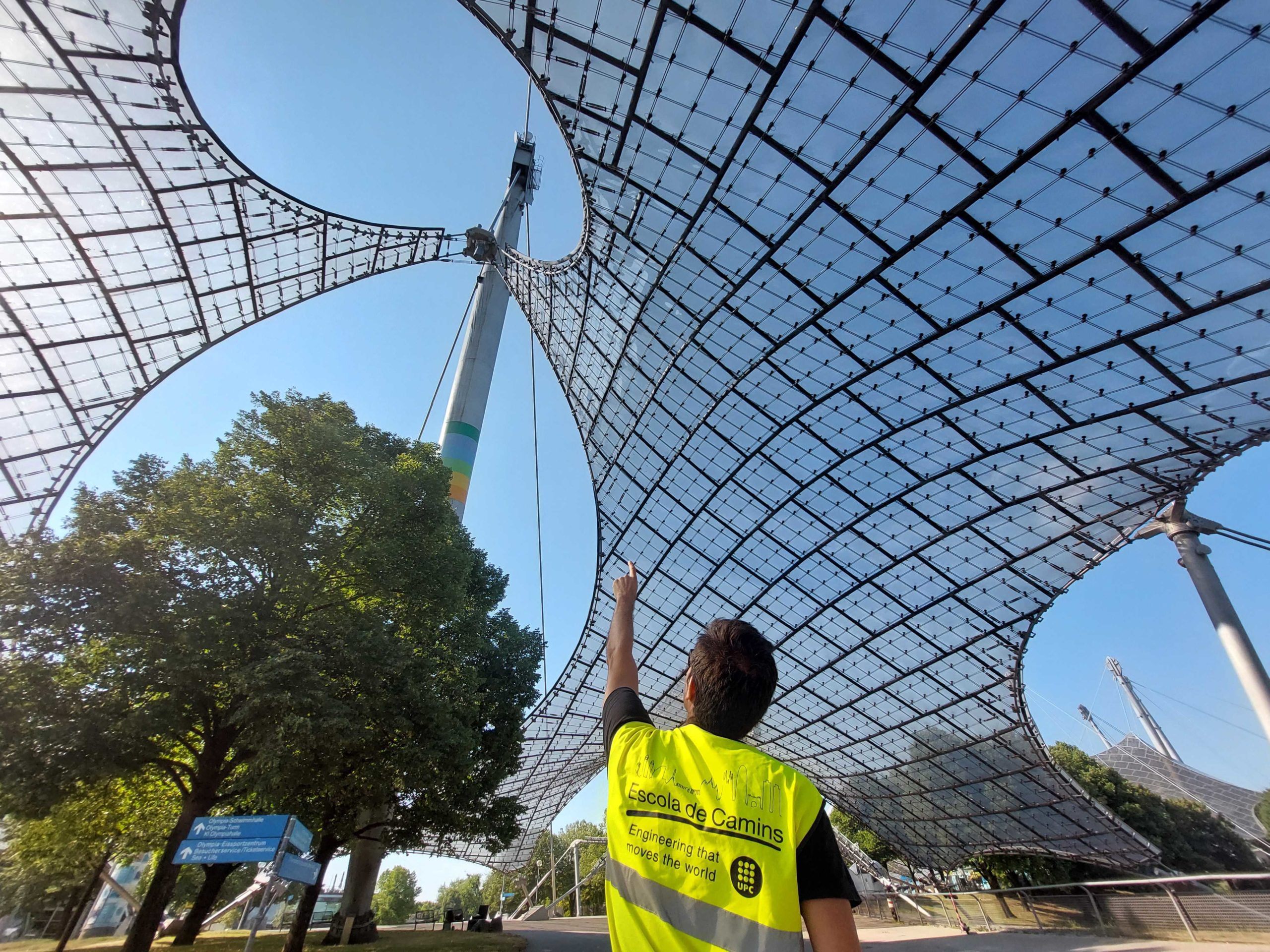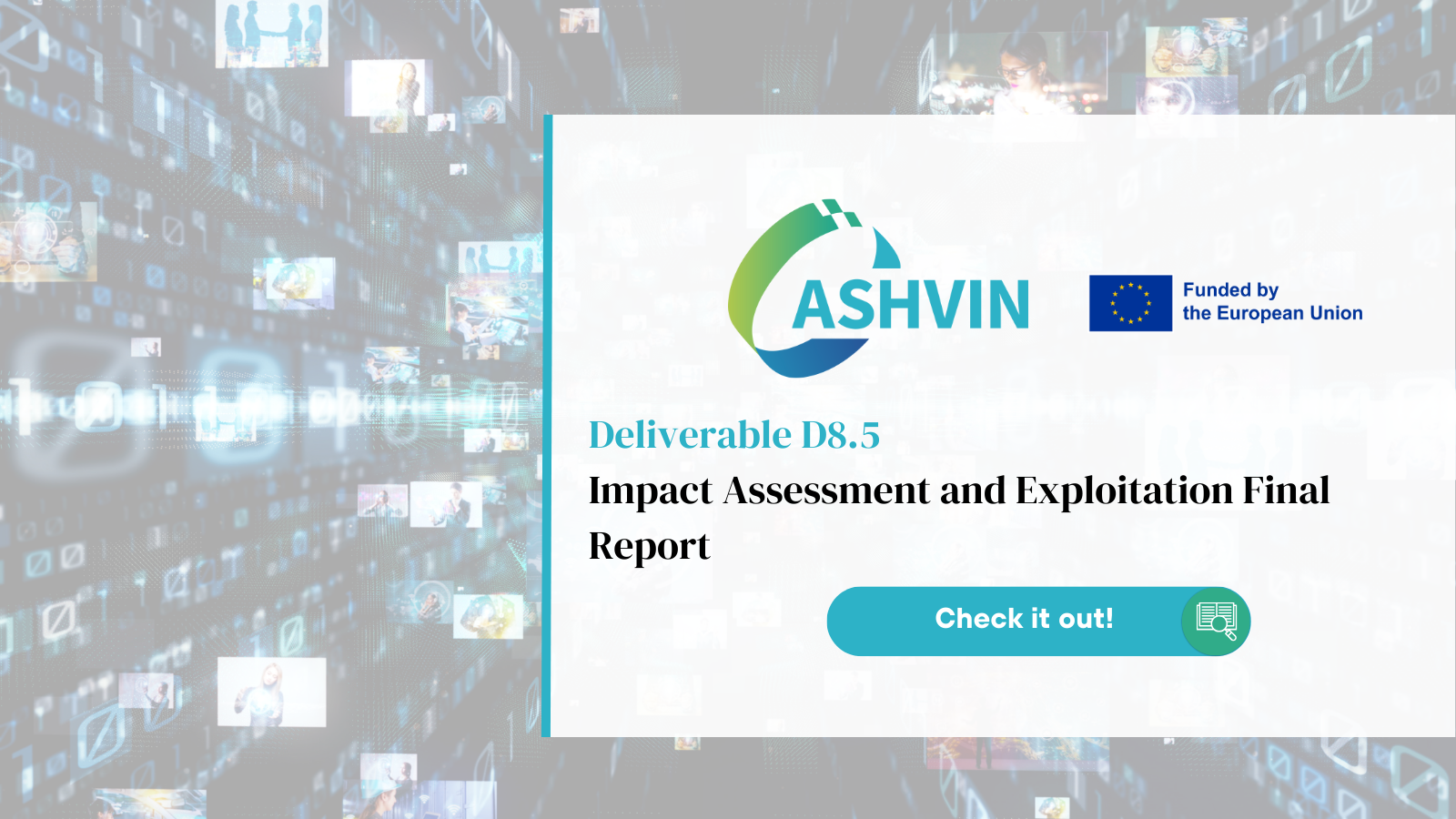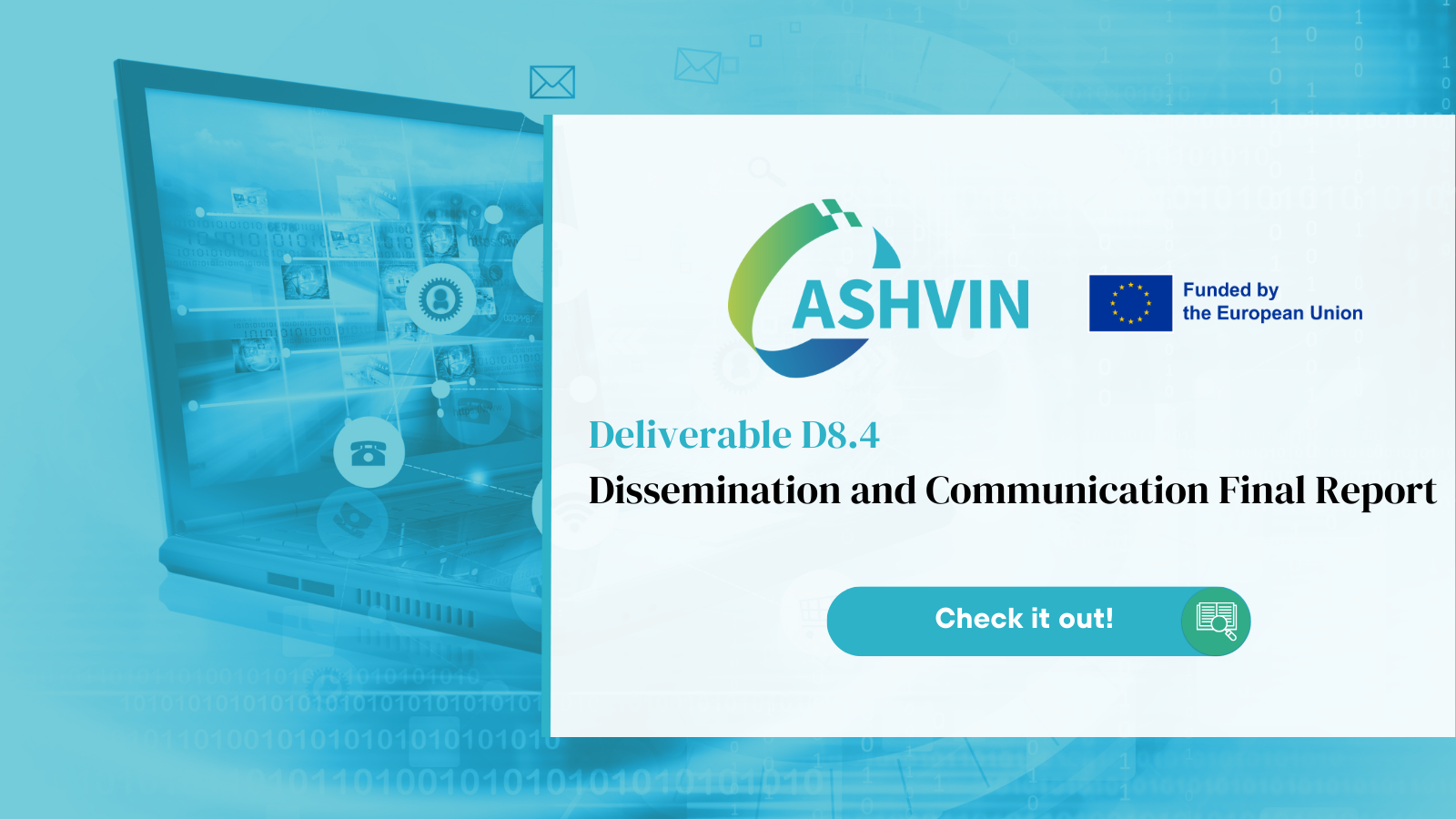On the 15th of September 2022, ASHVIN project’s innovation in Digital Twins technologies was presented at an international event dedicated to steel structures.
Rolando Chacon, from ASHVIN partner organization UPC (Universitat Politècnica de Catalunya), represented ASHVIN at the International Colloquium on Stability and Ductility of Steel Structures 20222, SDSS2022.
This event, that is supported by the Structural Stability Research Council (SSRC) and by the European Convention for Constructional Steelwork (ECCS), aims at providing a forum for discussion and dissemination, by researchers and designers, of the most recent advances in theoretical, numerical, and experimental research in the field of stability and ductility of steel and composite steel and concrete structures. Special emphasis is always given to new concepts and procedures concerning the analysis and design of steel structures and to the background, development and application of rules and recommendations either appearing in recently published codes or specifications or about to be included in their upcoming versions.
UPC, leader of WP5 “Digital twin based structural monitoring and asset management” in our project, manages the implementation of several ASHVIN demonstration sites that were presented in the event:
ASHVIN Demonstration site #9 “Sport stadium roof structure” (Munich, Germany) was showcased in a session focusing on “Automated pipeline for the analysis of a scale reduced steel cable net” .
Demonstration site #7 “Bridges in highway network in Spain” (Castellbisbal, Catalonia, Spain) was presented in a session entitled “Geometrical digital twinning of a tapered, horizontally curved composite box girder bridge”.
Moreover, the SDSS 2022 participants discovered the most recent achievements in the advancement of knowledge and application in the concerned fields, shared the latest trends and developments and exchanged ideas on current and future research needs.







